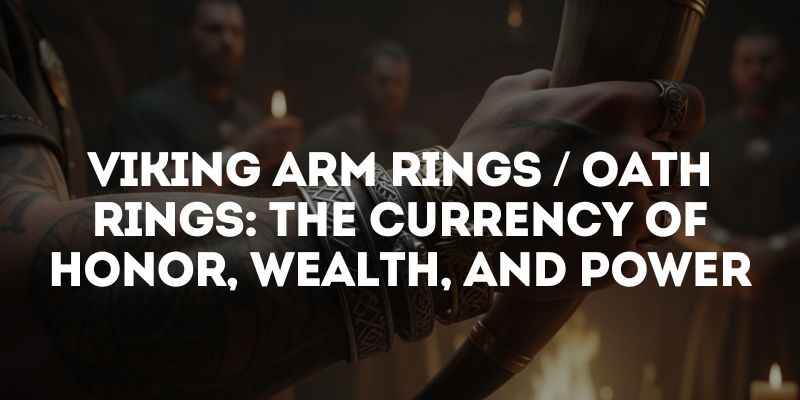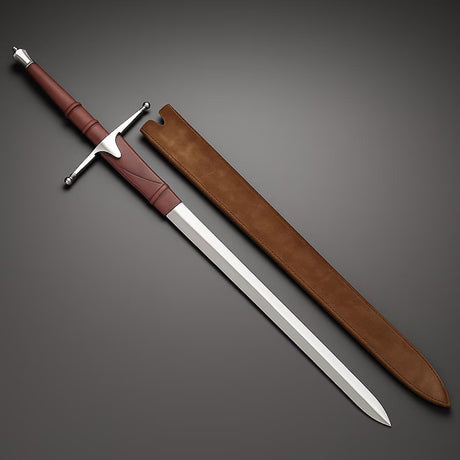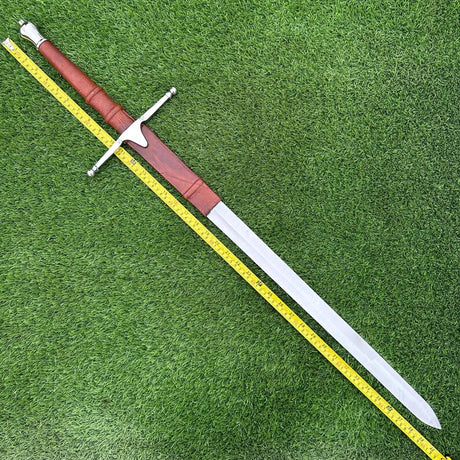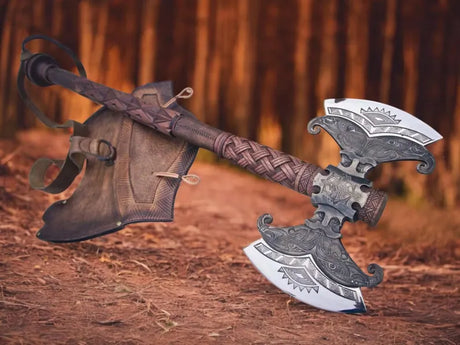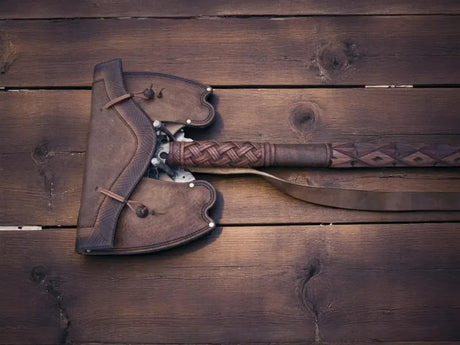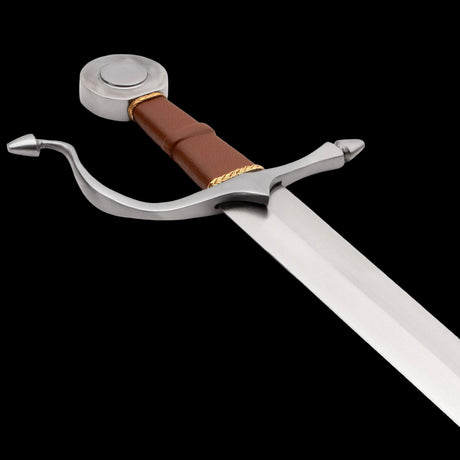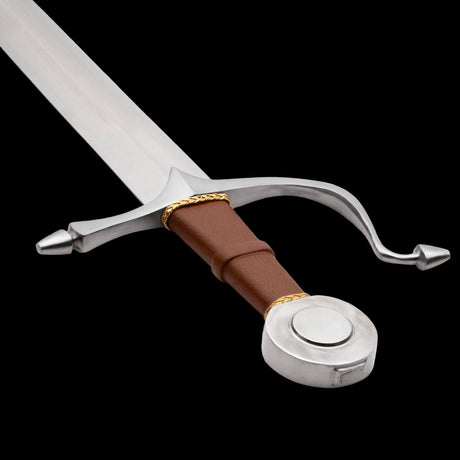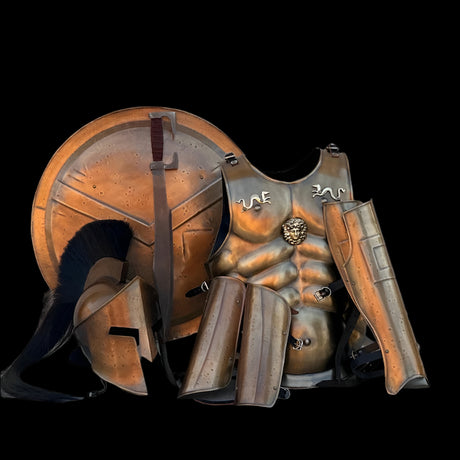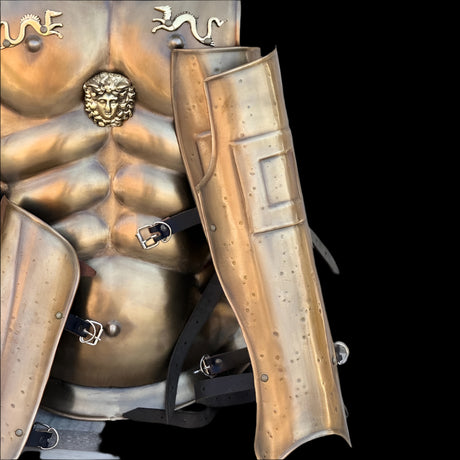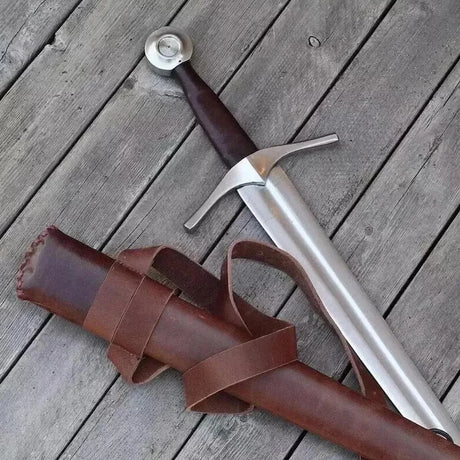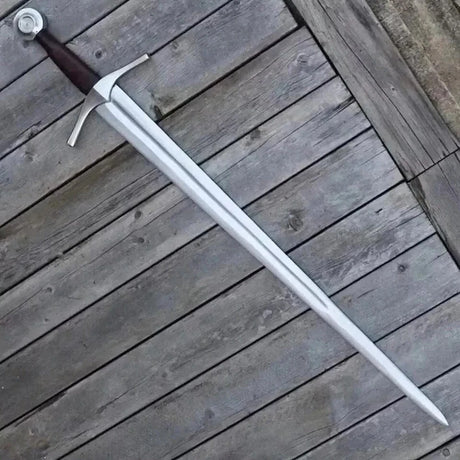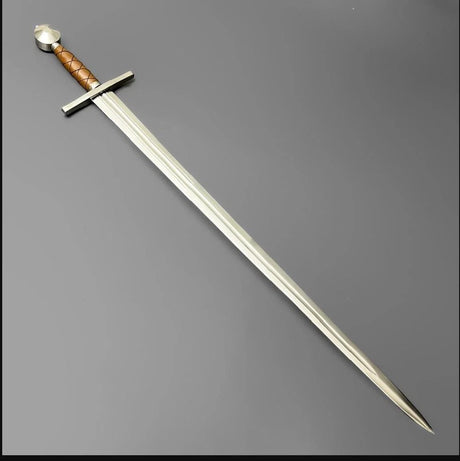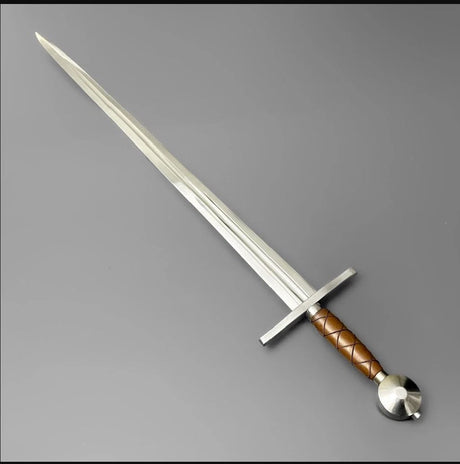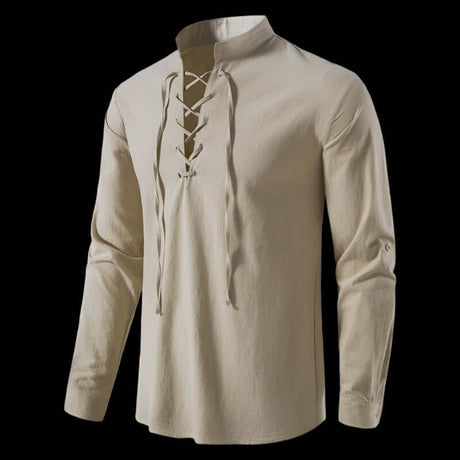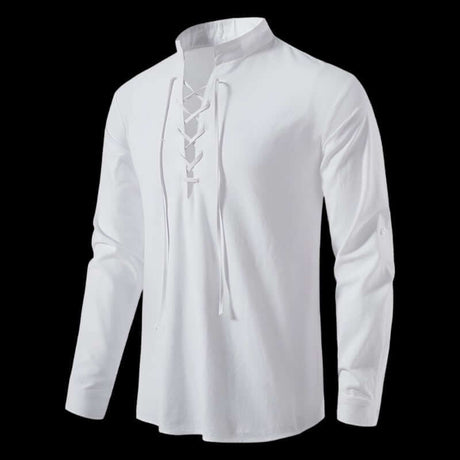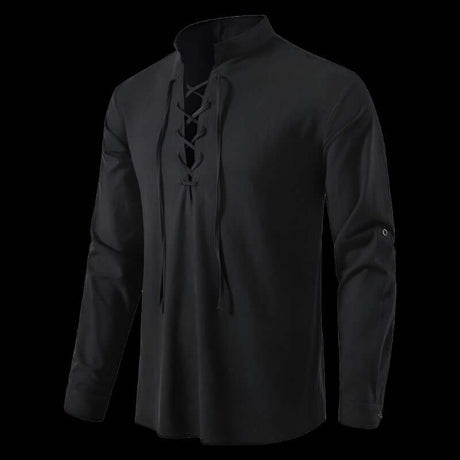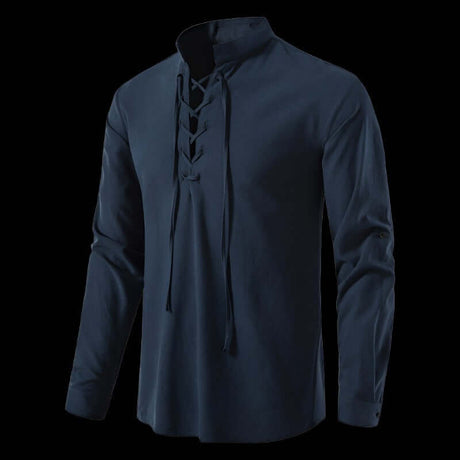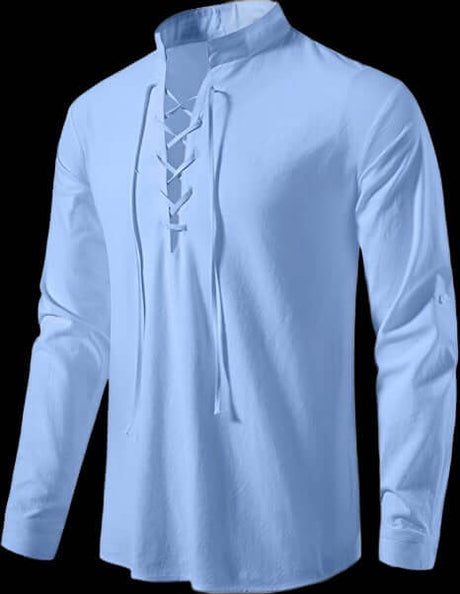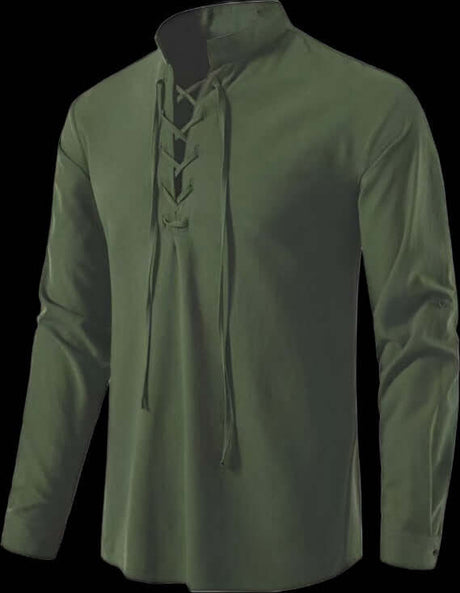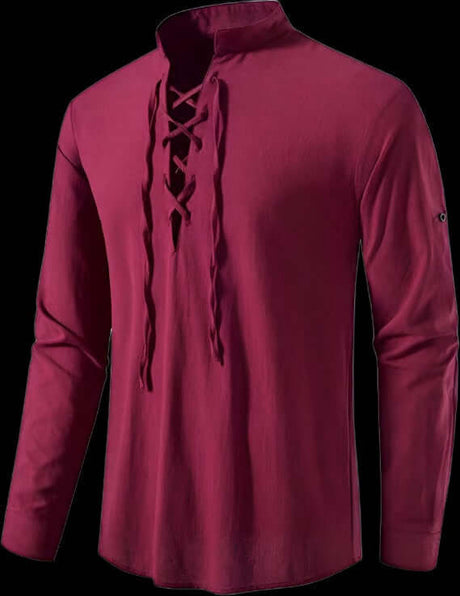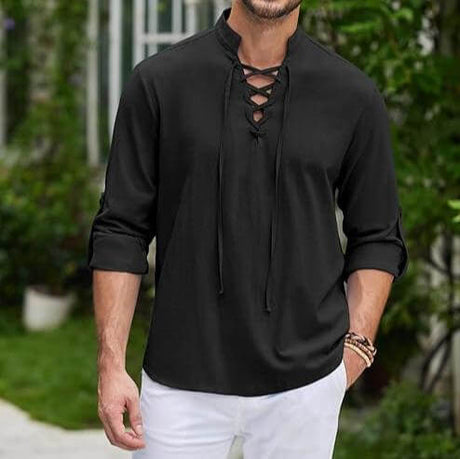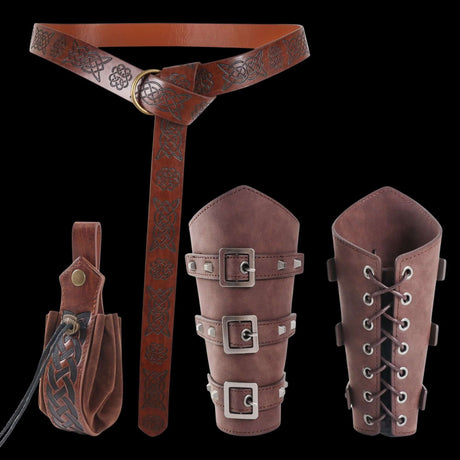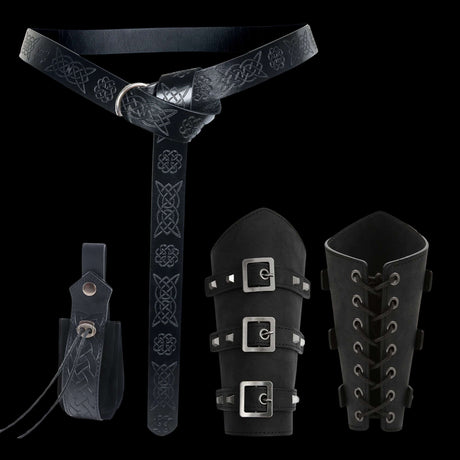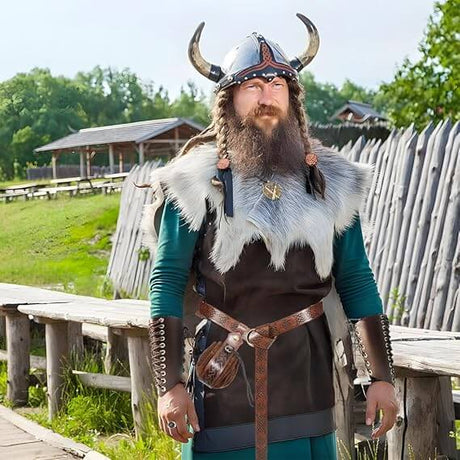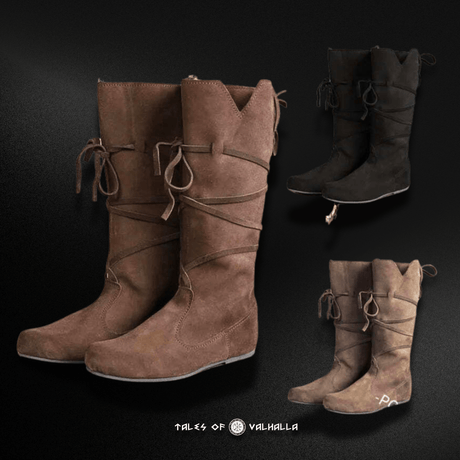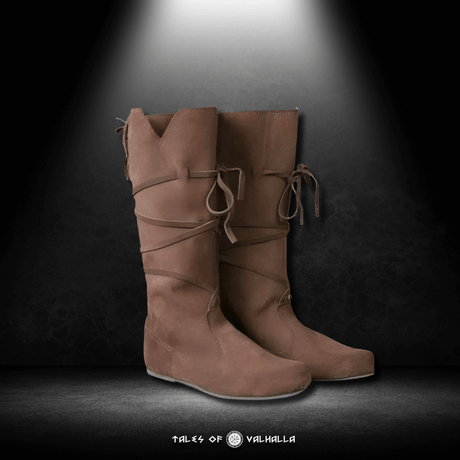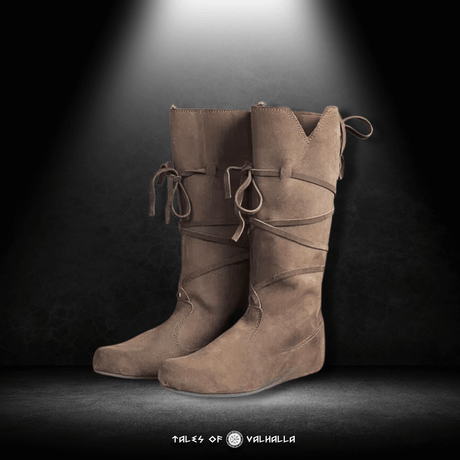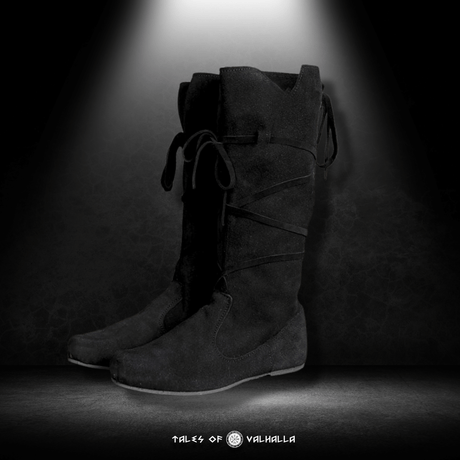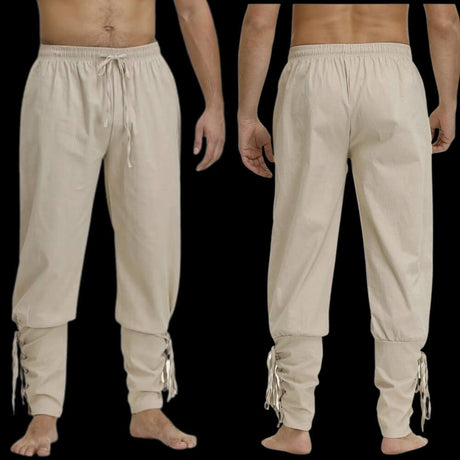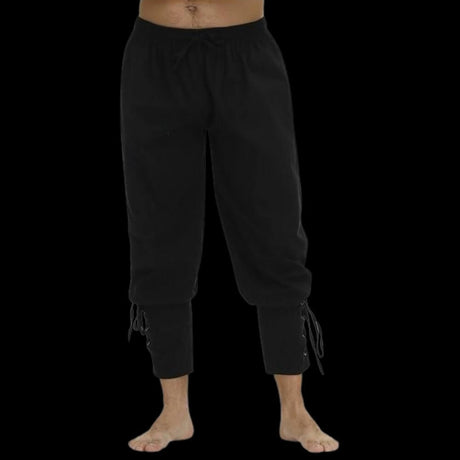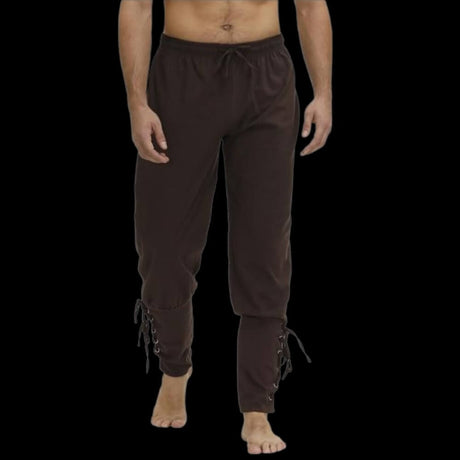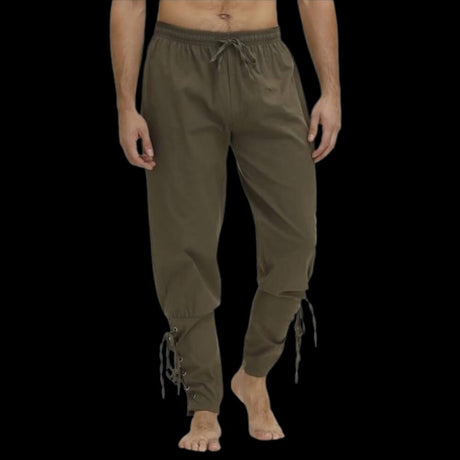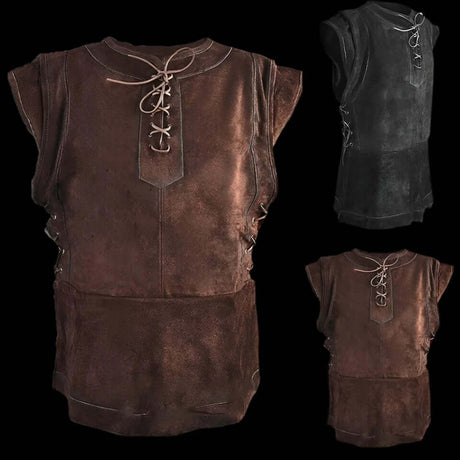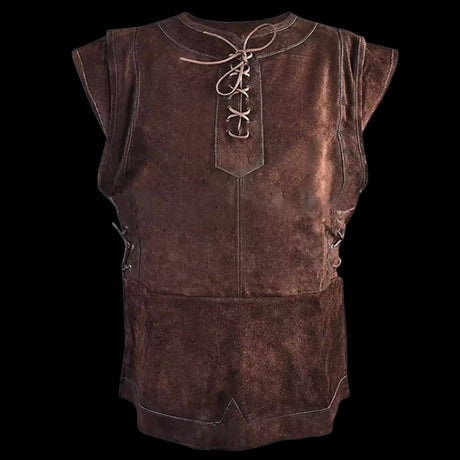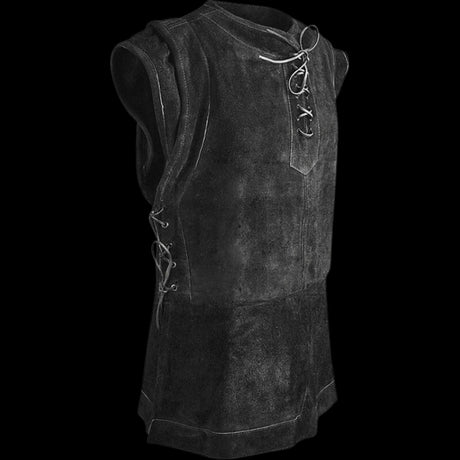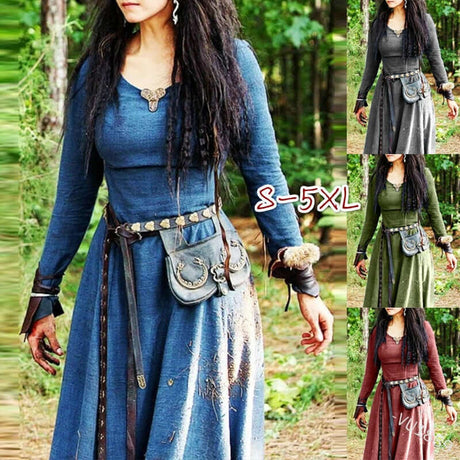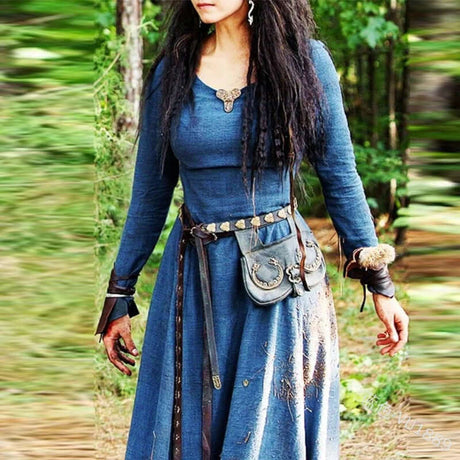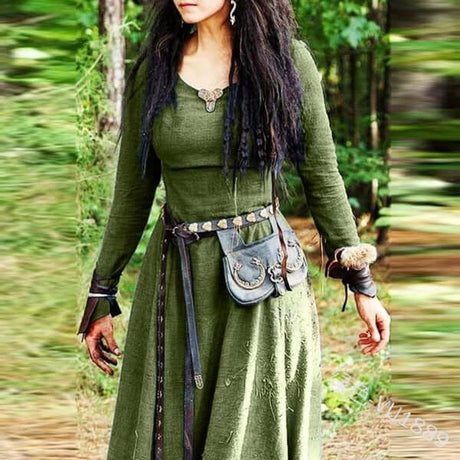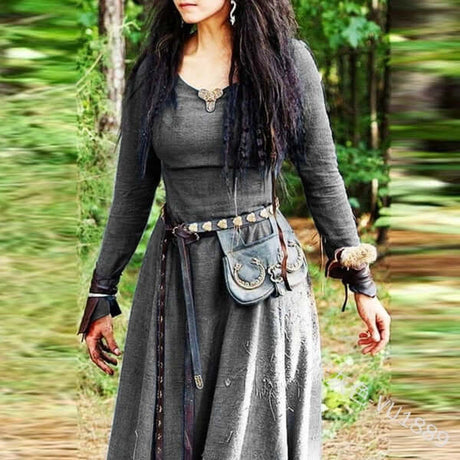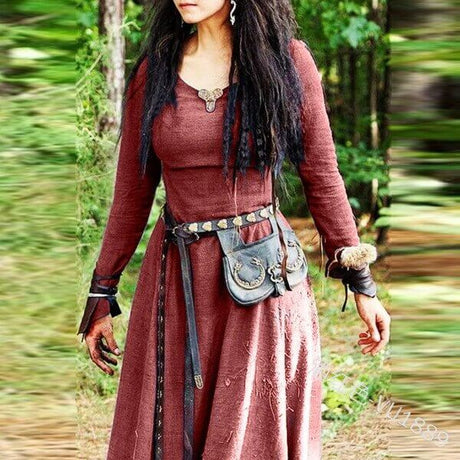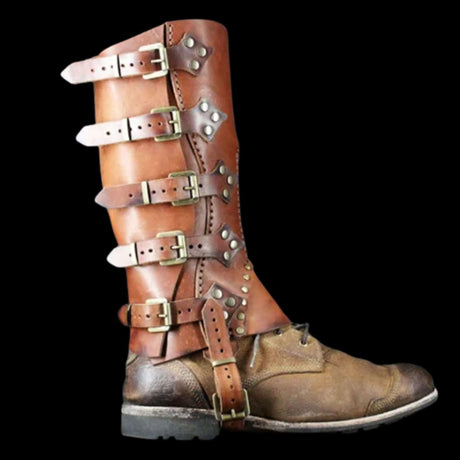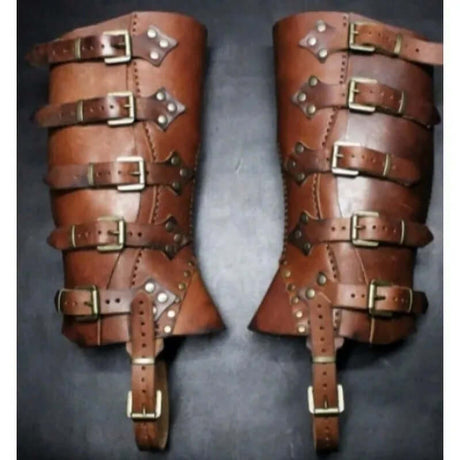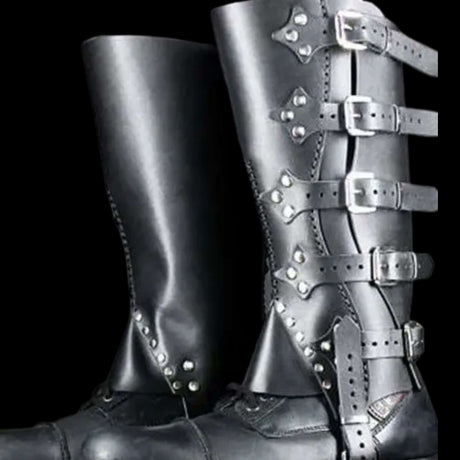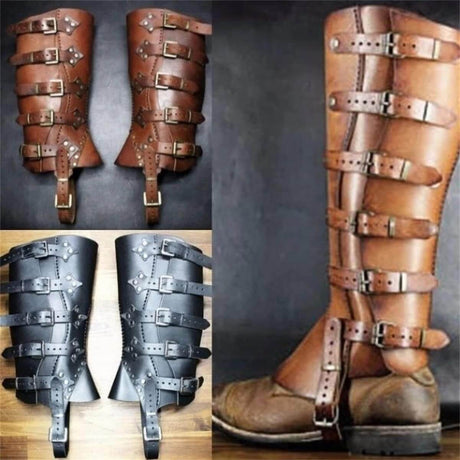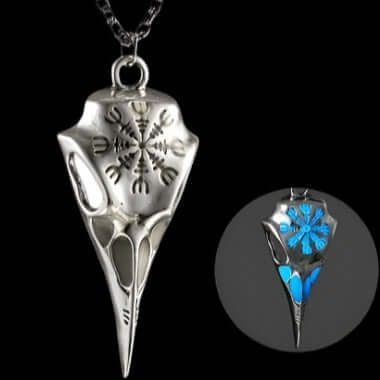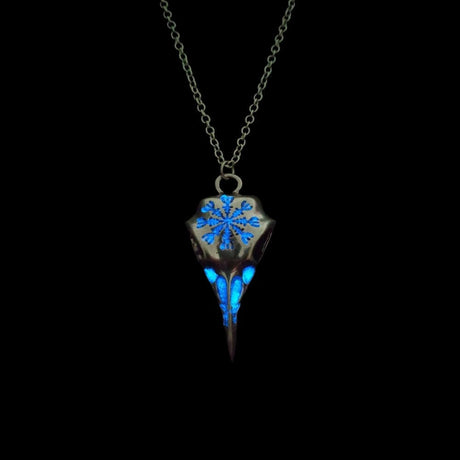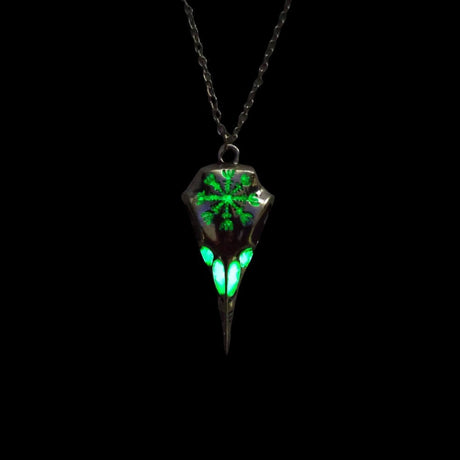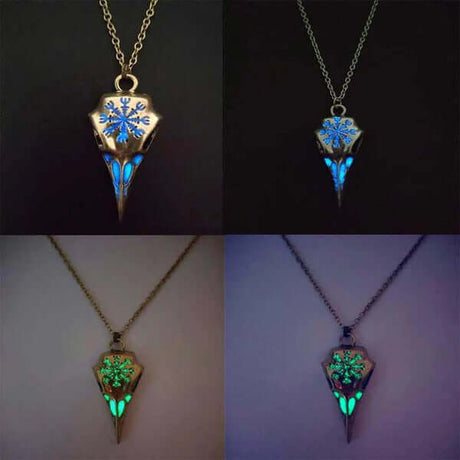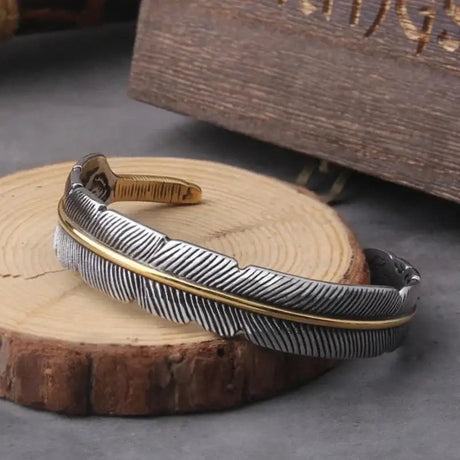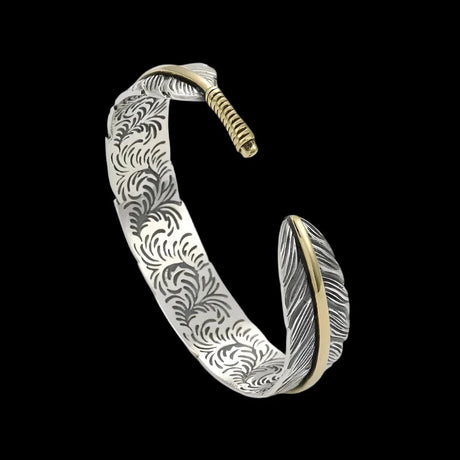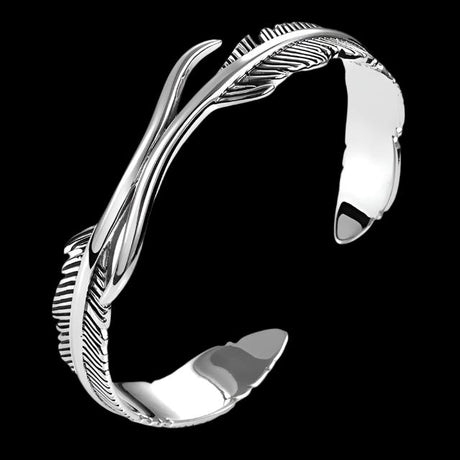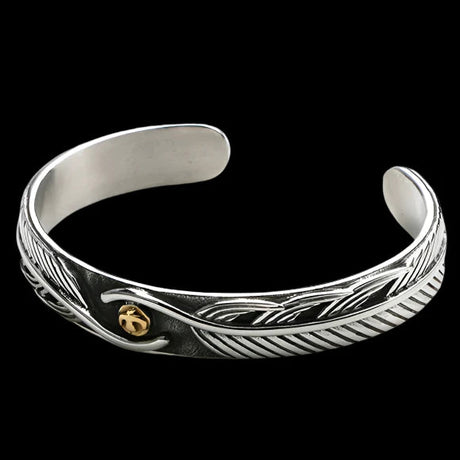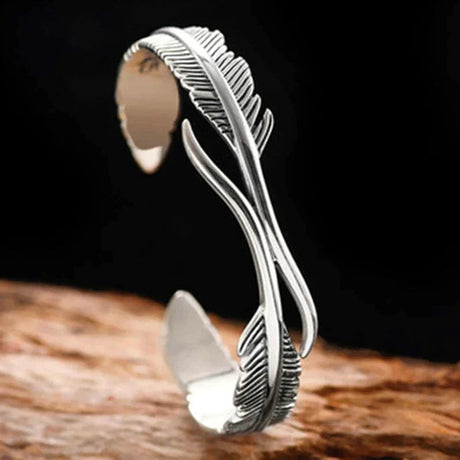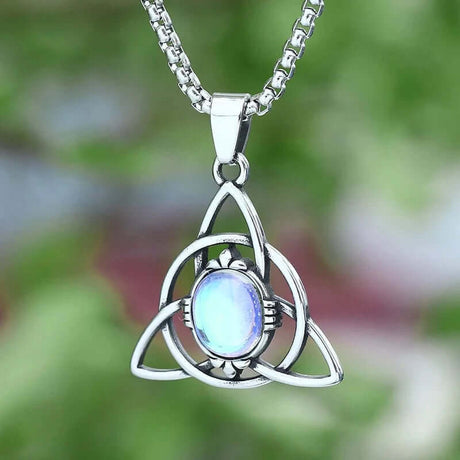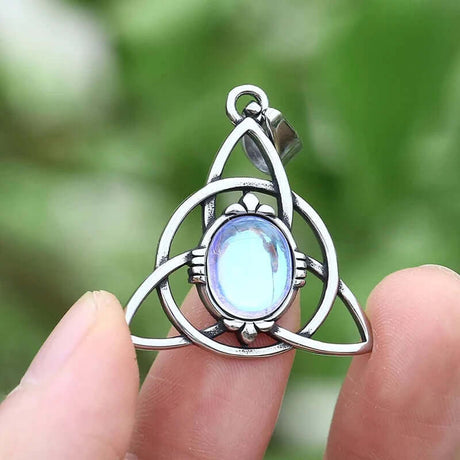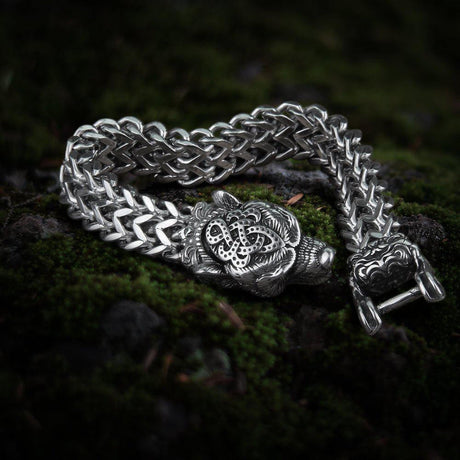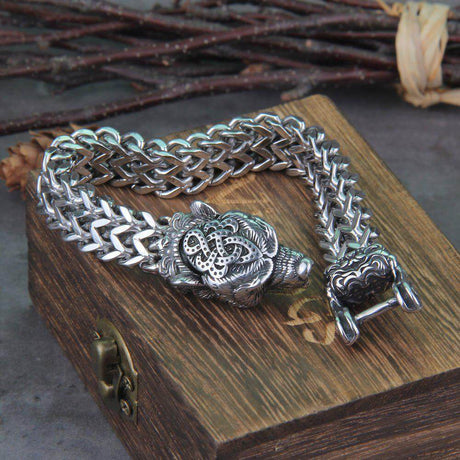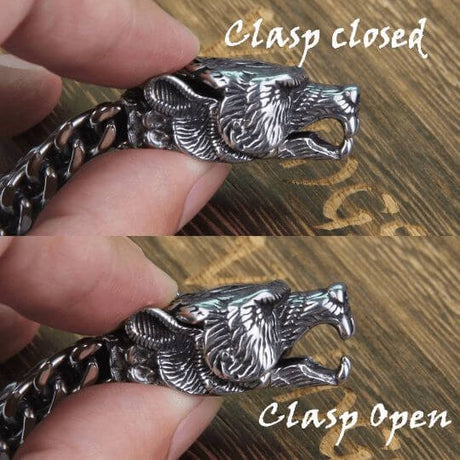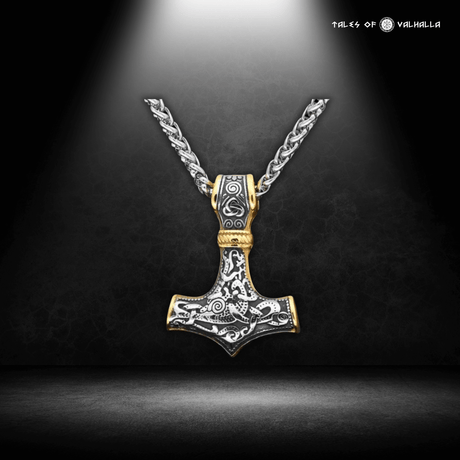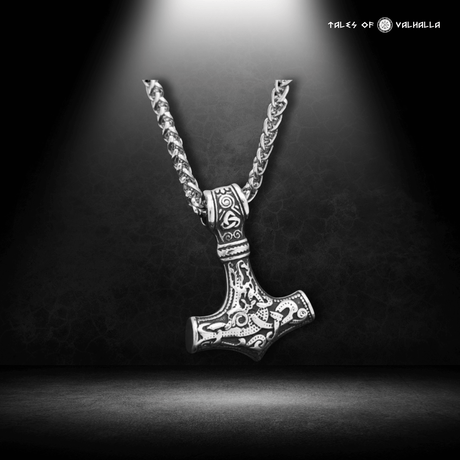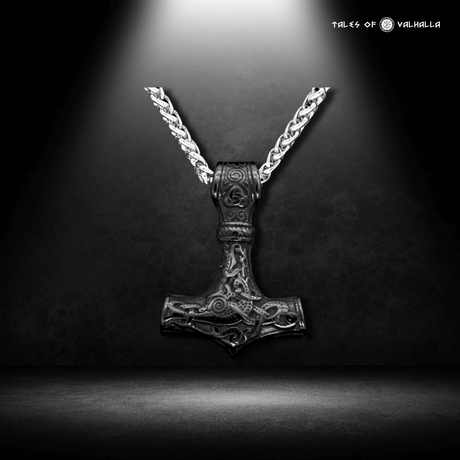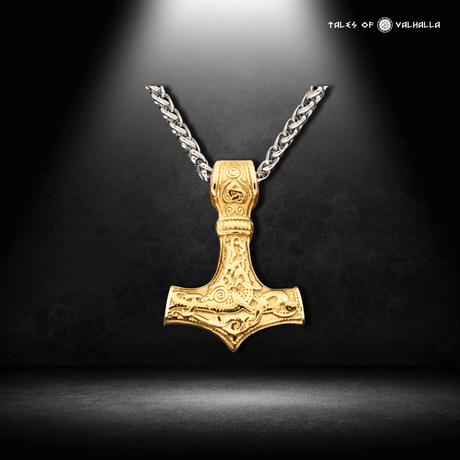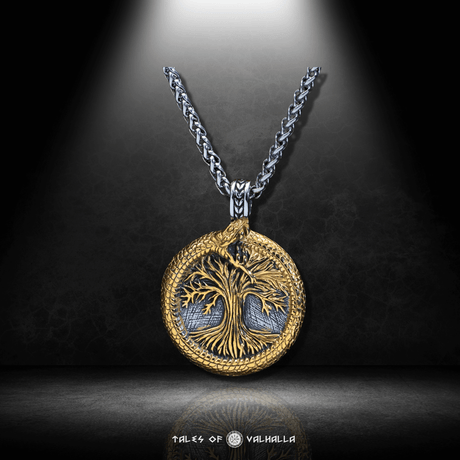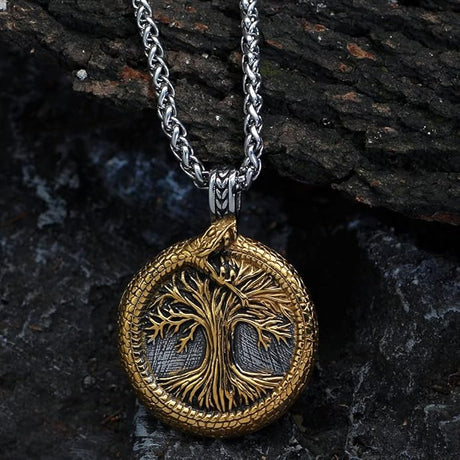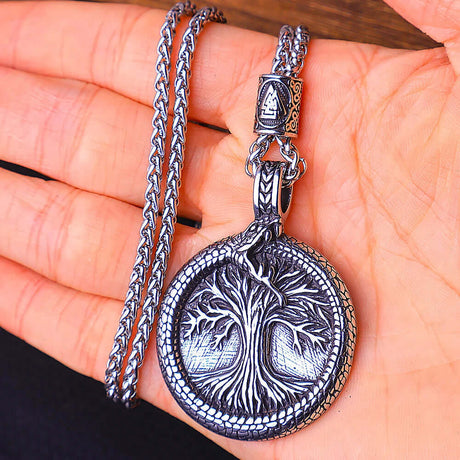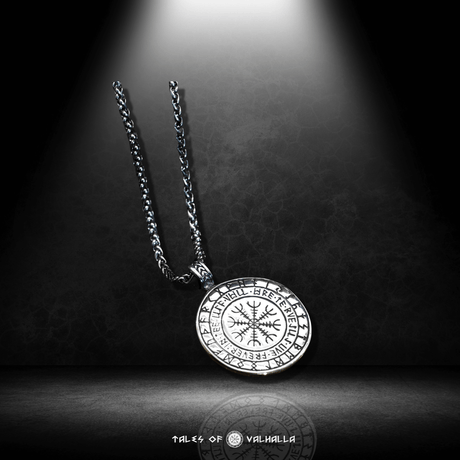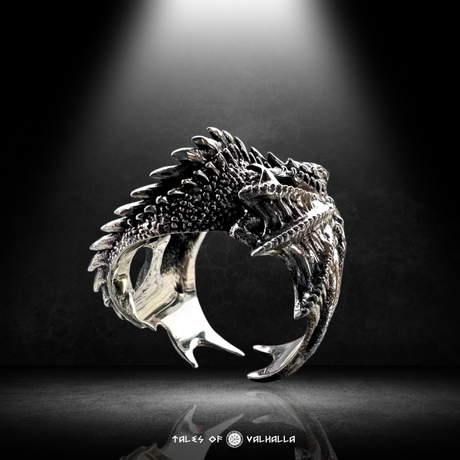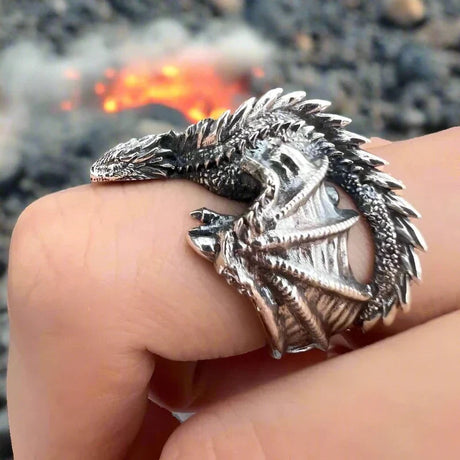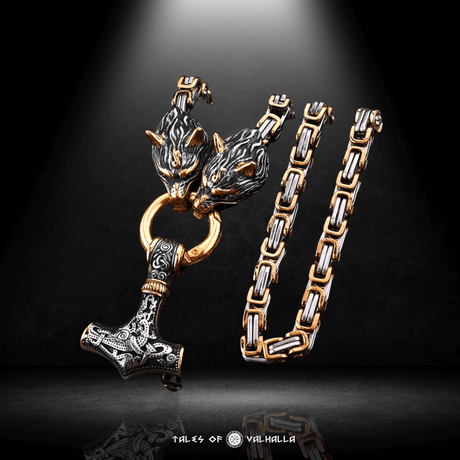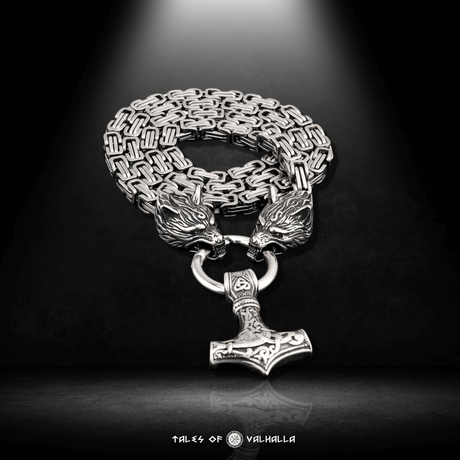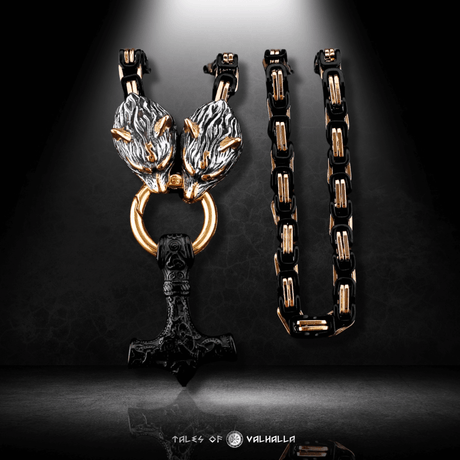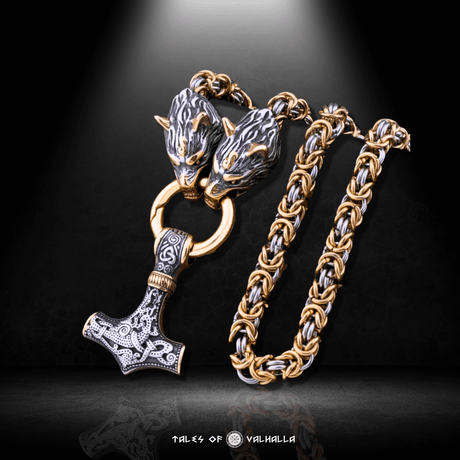The image is a powerful one, etched into the sagas and brought to life on our screens: a victorious Viking Jarl, seated in his fire-lit hall, bestowing a heavy, twisted silver arm ring upon a loyal warrior. This single act is more than just a reward; it’s a binding contract, a display of power, and a symbol of a complex social code. The Viking Arm Rings / Oath Rings were far more than mere jewelry. In a world without widespread coinage or written contracts, they were the currency of the Viking Age—a currency of wealth, loyalty, and honor.
This guide will delve deep into the history and significance of these iconic artifacts. We will explore the multifaceted role of Viking Arm Rings / Oath Rings, examining how they functioned as portable banks, symbols of immense status, and the sacred objects upon which a man’s very word was sworn. Forget simple adornment; this is the story of how a piece of metal could build armies, seal fates, and define a warrior's place in the world.
More Than Adornment: What Were Viking Arm Rings?
Before we explore their functions, let's define what we're talking about. A Viking arm ring was typically a C-shaped, open-ended band of metal, designed to be worn on the forearm or bicep by both men and women. They were a common and highly visible form of adornment.

More Than Adornment: What Were Viking Arm Rings?
Materials of Power
The material of an arm ring was an immediate and obvious indicator of the wearer's status within the Viking social hierarchy.
- Silver: This was the standard for high-value Viking Arm Rings / Oath Rings. The Viking Age is sometimes even called the Silver Age of Scandinavia due to the massive influx of silver from trade and raids, particularly from the Arab Caliphates. Silver was the metal of choice for displaying wealth and for most significant transactions.
- Gold: Far rarer and exponentially more valuable, gold arm rings were the exclusive domain of the most powerful kings, jarls, and their most favored champions. A gold arm ring was an unambiguous symbol of supreme power and immense wealth.
- Bronze: A more common and affordable metal, bronze was used to create arm rings for a broader segment of the population. While less prestigious than silver, a well-crafted bronze arm ring was still a handsome piece of personal adornment.
The Ring-Giver: Arm Rings as a Symbol of Status and Loyalty
One of the most important functions of Viking Arm Rings / Oath Rings was social. They were the physical manifestation of the bond between a leader and their followers, a system of patronage that formed the backbone of Viking military and political power.
A Visible Display of Wealth and Power
In a society that valued conspicuous displays of success, a heavy arm ring was the equivalent of a luxury watch or a sports car today. It broadcasted one's wealth, success in raiding or trade, and social standing. The more rings a person wore, or the heavier and more ornate a single ring was, the more powerful they appeared.
The Bond Between Leader and Follower: The "Ring-Giver"
A common kenning (a poetic metaphor used in Old Norse poetry) for a good king or jarl was bauga broti, or "breaker of rings." This wasn't a destructive act; it meant the leader was a generous "ring-giver."
Securing the Hird (Warband): A leader's power depended on his hird—his personal retinue of elite, loyal warriors. To attract and retain the best fighters, a jarl had to be generous. After a successful raid, the leader would "break" or distribute rings and other silver to his men. This payment was both a reward for their service and a guarantee of their future loyalty. The most prestigious Viking Arm Rings / Oath Rings were those received directly from a powerful leader.
Story Vignette 1: Bjorn's First Silver Bjorn, a young warrior barely old enough to grow a full beard, felt his heart pound in his chest. He stood with his shield-brothers in Jarl Halfdan's great hall, the air thick with the smell of mead and roasting pork. This had been his first raid, and he had fought with courage. Jarl Halfdan, a giant of a man whose arms were heavy with silver, called him forward. From a large, twisted silver arm ring, the Jarl broke off a smaller, complete ring with a powerful twist of his hands. He pressed it into Bjorn's palm. "For valor," the Jarl's voice boomed. The silver was heavy, real. It was more wealth than Bjorn's family had ever seen. But it was more than that. It was a mark of acceptance, a symbol that he was now a true member of the Jarl's hird. This Viking Arm Ring was not just a payment; it was a bond, a pledge of loyalty sworn in silver.
The Sacred Bond: The Role of Oath Rings in Viking Society
In a largely pre-literate culture built on a fierce code of honor, a spoken oath was a sacred, binding contract. To add weight and solemnity to the most important promises, Vikings often swore them upon a physical object, and the most significant of these were the Viking Arm Rings / Oath Rings.
A Word Was a Weapon
A Viking's reputation (dómr) was everything. A man who kept his word was honorable; a man who broke it was a níðingr—a villain, an outcast without honor. An oath, therefore, was a tool for building trust and enforcing agreements in law, politics, and personal matters.
The Temple Ring: A Sacred Covenant
The sagas describe sacred Oath Rings, often kept in temples (hofs) or held by chieftains who also served as religious leaders (goðar).
- A Public and Solemn Ritual: Swearing an oath on one of these rings was a major event. The person might be required to touch the ring while speaking their vow in front of witnesses. The ring was often described as being kept on an altar.
- The Blood Oath: Some accounts, like that in the Eyrbyggja Saga, describe a ritual where the Oath Ring was smeared with the blood of a sacrificed animal. The oath-taker would then touch the ring and call upon the gods as witnesses. This use of blood, the symbol of life, made the oath a deeply primal and unbreakable covenant. Breaking such an oath was not just a legal crime; it was a grave religious sin that would invite the wrath of the gods.
Swearing Oaths at the Thing
The Thing was the legal assembly of freemen where disputes were settled. Here, Viking Arm Rings / Oath Rings played a crucial judicial role. A person might be required to swear an oath on a sacred ring to attest to the truth of their testimony. The penalty for false swearing was outlawry, effectively a death sentence, as an outlaw could be killed by anyone without legal consequence.
Story Vignette 2: The Weight of the Law Two farmers, Einar and Sten, stood before the Lawspeaker at the local Thing, their land dispute having reached a bitter impasse. The Lawspeaker, a wise old man, made his judgment. "Einar," he declared, his voice carrying over the assembled freemen, "you will swear your claim on the temple ring." Two men brought forth a massive silver ring, resting it on a shield. It was the sacred Oath Ring of their community, said to be blessed by the god Tyr himself. Einar paled slightly. To swear falsely on this ring was to invite divine retribution and be cast out from society. He walked forward, placed his hand on the cool, heavy silver, and spoke his oath, his voice ringing with a truth he knew he would have to live or die by.
Wearable Wealth: Arm Rings as Currency (Hacksilver)
Beyond their social and religious roles, Viking Arm Rings / Oath Rings had an incredibly practical function: they were a form of wearable wealth, a personal bank account worn on the arm.
A World Without Widespread Coinage
The Viking economy was largely based on bullion, where the value of precious metals was determined by their weight and purity, not their form. While they used coins from other cultures (like Arab dirhams and Anglo-Saxon pennies), they treated them as just another form of silver to be weighed.
The Concept of Hacksilver (Hacksilber)
This economic system led to the practice of "hacksilver." To make a payment, a Viking would simply "hack" or cut a piece off a larger silver object—be it an ingot, a piece of jewelry, or a coin—and weigh it on a small set of portable scales.
The Arm Ring as a Piggy Bank
A Viking Arm Ring was the perfect tool for this system.
- Portable and Secure: It was a secure and convenient way to carry a significant amount of wealth. It was much harder to steal a heavy ring off someone's arm than a pouch of coins.
- Easily Divisible: Most arm rings, especially the simpler twisted or plain bands, were designed to be easily cut or broken into smaller pieces for transactions. A Viking could literally pay for a meal, a tool, or passage on a ship with a piece of their jewelry.
Evidence from the Hoards
Tens of thousands of silver hoards have been discovered across the Viking world, from Britain to Russia. These buried treasures are our best source of evidence for the hacksilver economy. They are typically filled with a mixture of whole coins, ingots, and, crucially, thousands of fragments of Viking Arm Rings / Oath Rings and other jewelry, often chopped into small, irregular pieces.
Story Vignette 3: A Transaction in Dublin Thorgil, a Norse merchant, examined a fine wool cloak from a local Irish weaver in the bustling market of Dyflin (Dublin). They agreed on a price: one ounce of silver. Thorgil didn't reach for a coin pouch. Instead, he slipped a heavy, plain silver arm ring from his forearm. He placed the ring on a small block of wood, and with a sharp chisel and a swift blow from a hammer, he broke off a small piece from the end. He dropped the fragment onto the small folding scales he carried. It was a little heavy. The weaver smiled and added a small leather belt to the deal. The transaction was complete. The Viking Arm Ring on Thorgil's arm was not just an ornament; it was his debit card.
Forged in Fire: The Craftsmanship of Viking Arm Rings
The creation of Viking Arm Rings / Oath Rings was a testament to the skill of Norse blacksmiths and jewelers.

Forged in Fire: The Craftsmanship of Viking Arm Rings
- Common Designs: The most common style was the twisted arm ring, created by twisting two or more rods of silver together. Other designs included braided patterns, solid bands with stamped geometric motifs, and the iconic "penannular" style with decorated animal-head terminals.
- The Smith's Art: Craftsmen used techniques of forging, casting, twisting, and punching to create these pieces. High-status items might feature incredibly fine filigree (delicate wirework) and granulation (tiny beads of metal), showcasing the pinnacle of the jeweler's art.
Summary of Functions: The Many Roles of the Arm Ring
The Enduring Legacy: Why Viking Arm Rings Fascinate Us Today
The power and symbolism of Viking Arm Rings / Oath Rings continue to resonate in the 21st century.
- Pop Culture's Influence: Their prominent appearance in popular culture, particularly in TV shows like Vikings and The Last Kingdom, where characters are frequently seen giving and receiving arm rings, has cemented their image as a core part of the Viking aesthetic.
- A Modern Symbol: For many in the United States today, wearing a replica Viking Arm Ring is a way to connect with their heritage or to embody the values they associate with the Vikings: strength, loyalty, honor, and a free spirit. It has become a popular accessory for history buffs, reenactors, and anyone drawn to the rugged Norse style.
- The Modern Market: This fascination has fueled a thriving market for replicas, with artisans around the world recreating the ancient designs, from simple twisted bands to elaborate pieces with dragon heads and runic inscriptions.
Conclusion
The Viking Arm Rings / Oath Rings were a perfect embodiment of the Norse worldview—simultaneously practical, symbolic, and deeply significant. They were a sophisticated solution to the needs of a dynamic society, functioning as a bank, a contract, and a badge of honor all in one. They tell a story of a culture where wealth was meant to be displayed and distributed, where loyalty was a tangible bond sealed in silver, and where a person's word was a sacred and unbreakable force.
This single object—a simple band of metal worn on the arm—was central to the social, economic, and spiritual life of the Vikings. It is a powerful reminder that the most compelling artifacts are not always the weapons of war, but the objects that bound a society together. The legacy of these Viking Arm Rings / Oath Rings is a testament to a culture that understood the profound power of a promise and the enduring value of honor.

